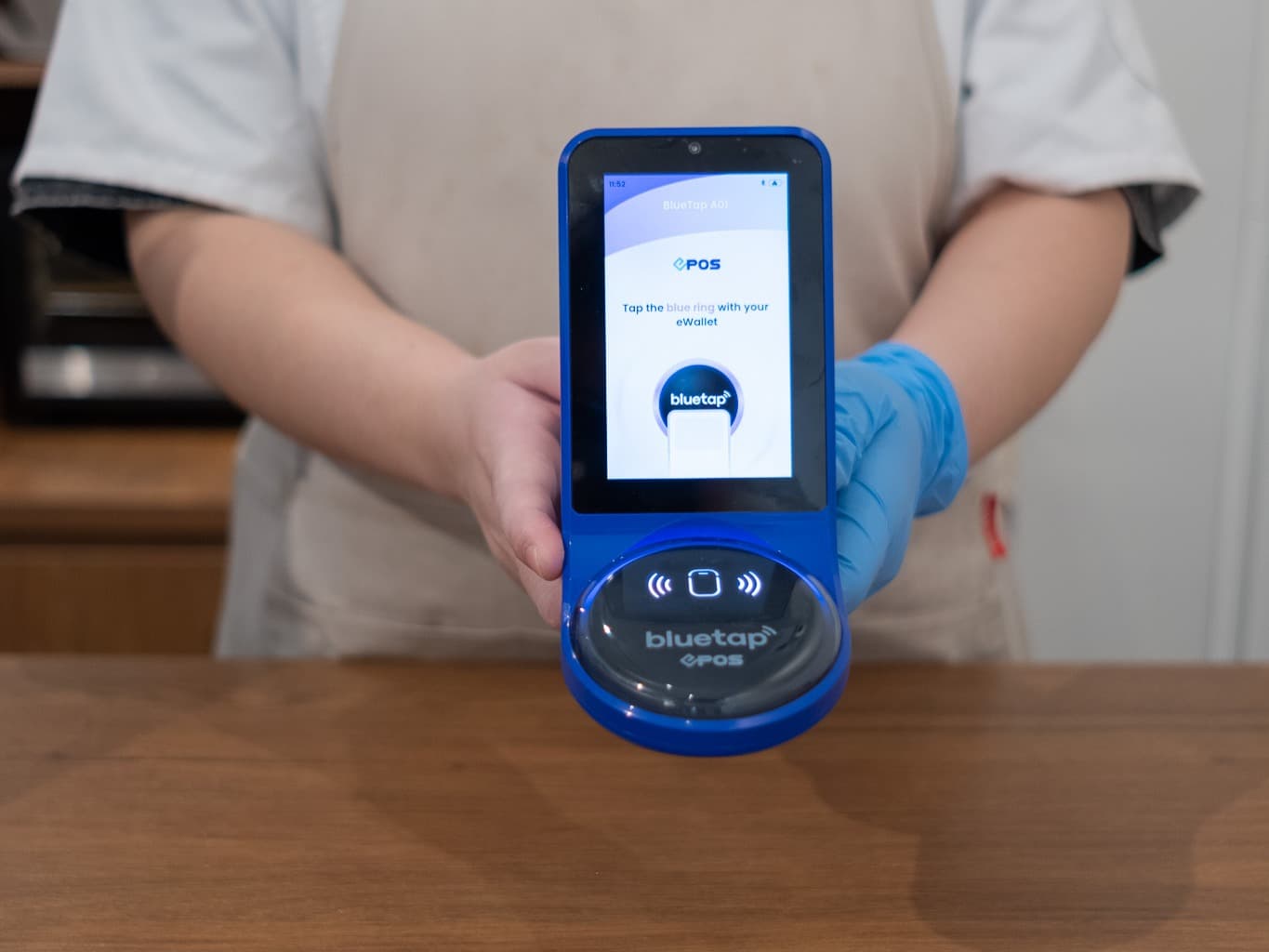By: John Simmons– deliverability expert at inboxally.com
An email is a form of communication that is used for both professional and personal purposes. And as businesses are coming to understand the value of email marketing, it has been gaining popularity.
With email marketing, businesses can target and personalize their communications in ways that other types of marketing campaigns can’t.
A well-thought-out campaign can capture new customers, build brand loyalty, and drive repeat business. In fact, for every $1 your business spends on email marketing, it earns an average return of $42, according to a Data & Marketing Association report.
Once you’ve gotten your subscribers hooked to read more, this can lead to sales over time. However, creating the kind of email marketing that boosts sales requires careful design and planning.
So, if you want your email marketing to pay off in a big way, keep these tips in mind!
11 Email Marketing Tips That Drive Sales
1. Build Organic Leads
You can’t send emails and expect your sales to skyrocket without an email list. One way to do this is by adding a popup form or signup form to your website.
There are pros and cons to both, of course. However, in either case, you’ll have the potential to send your promotional and marketing materials as long as you have a comprehensive list.
Another strategy to gather organic leads is to build customer personas based on your target audience.
It would be nice if you can create a useful image for them and to do that, you have to consider their goals, pain points, personalities, and other pieces of information that will be helpful when you start marketing to them.
For instance, some customers may like receiving a funny message, but this won’t likely apply to someone who’s in the pharmaceutical industry.
There are just kinds of audiences who prefer a formal approach. That is why you need to use such information to build your style and brand voice.
2. Offer a Lead Magnet
Now that you know that every person subscribing to your email list is different, which also means you don’t have to be sending them the same email message, the next step is to offer a lead magnet that solves their problem.
A lead magnet compels your website visitors to exchange data, like their email address, for access. Lead magnets can be in the form of comprehensive guides, checklists, and ebooks that your target audience will find useful to resolve their pain point.
“Subscribe to our newsletter!” doesn’t work anymore as your list-building tactic. Why, you ask? Well, it’s because consumers don’t want an inbox full of irrelevant offers or spam.
Take note that the highest-converting and the best lead magnets have these significant things in common. First, they are relevant. It doesn’t fall flat because it resonates with the intended audience.
Second, they have a perceived value. They offer expert insight, a quicker way to get things done, insider knowledge, or some other unique and creative solution. Lastly, they deliver on the initial promise that you made when you ask them to give you their email.
3. Slice Your Email Database
To boost your click rates and reduce unsubscribe rates, email segmentation is important. This can lead you to email personalization. In this technique, you’ll send highly targeted emails by slicing your email list up into segments.
Some of the things you’ll have to consider in email segmentation include geography (where your subscribers/ contacts live), age, gender, persona (what makes these individuals tick and what provides value for them), education level, job function, industry, organization type, and past purchases.
You may also incorporate generational marketing to create content that best appeals to certain generations with different interests. That way, it’ll be easier for them to commit to what you’re offering.
4. Be Straightforward With Your Subject Line
These email marketing tips would not be complete without emphasizing the subject line. After all, this would be the opening headline or the main part of your email.
In order for your email marketing strategy to be effective and to eventually boost sales, your subject line needs to be transparent, not gimmicky or shady.
You can make the subject line catchy, but value-driven at the same time as this will help increase your email open rate. Remember that the ultimate aim of your campaign is not just to get the emails opened but to build a trusting relationship with your recipient. That way, the subscribers will be opening the emails again and again.
Some email marketers segment their list for new subscribers, returning customers, highly engaged subscribers, demographics, lead magnets, and abandoned carts.
5. Design a Visually Appealing Email
To build long-term customer relationships and boost sales, there is nothing better than a good email. This is because our brain is wired to process visual information faster than text. This will be a huge advantage on your part to stand out in an overcrowded inbox.
As much as possible, be clear and concise with your email so your subscribers can get the message fast and act on it. This will also help you get a better response from your email campaign.
You can design a template yourself or use an email deliverability tool, like InboxAlly to guide you on what email design best suits your industry in a way that your recipients will understand it right away.
6. Use Whitespace
Speaking of email design, we encourage marketers to use a lot of white space. If you’re not familiar with it, the clue is already in the name. Whitespace is often called the “negative space” or the absence of images and text.
This is important in email design because it provides breathing space for your reader’s eyes. It does not just create a harmonious design but helps the other elements of your email stand out. As a result, it will improve the comprehension and readability of your email. Your goal should be to establish a consistent reading funnel.
7. Make Your Email Mobile-Friendly
Most of your email campaigns will not be opened on a PC or a laptop but on a mobile device. That’s why it is very important to make your email mobile-friendly.
To do this, you have to observe the length of your subject line. A desktop inbox displays about 60 characters in the subject line, but mobile devices show between 25 and 30 characters.
But before you shorten your subject line, it would be wise to have a better idea of what percentage of your customers are opening their mail using a desktop, a tablet, or a mobile phone.
Other ways to make your email mobile-friendly are to use pre-header text (first line of a copy of your email), keeping call-to-actions at the front and center, and being mindful of how you place images.
8. Pick the Right Image Format and Include Alt Text
If you have to use images in your email, make sure to choose the right image format. Your options when uploading and downloading images are JPEG, GIF, and PNG.
Our suggestion is to use JPEG format for images you want to load quickly on your subscribers’ screens. On the other hand, use GIFs rather than embedding videos and PNG for images that contain text.
Also, include alt text (alternative text) in case the photo fails to upload from your recipients’ end or you have an image-heavy email design.
9. Do an A/B Test
Like other email marketers, it won’t be easy to be successful in your email marketing on the first try. It takes some A/B testing and tests which emails are most successful based on time spent, subject lines, segments, design, and more.
Split testing your email is actually the holy grail of email marketing or any online marketing strategy, for that matter. Through this method, you’ll be removing the guesswork from your campaign and will provide you a guide of what changes you have to make before sending the actual mail to your subscribers.
The main benefits of split testing your email campaign are an increase of open rates as you find the most effective subject line, a better understanding of what your subscribers want, and a boost in click-through rates when you change your email copy!
10. Review the Results
After completing the A/B testing, now is the tie to review the results. Some of the things you have to consider are the click-through rates (CTR), links opened, email open rate, conversations, and other metrics to determine what works and what doesn’t.
11. Ensure Email Deliverability
There are best practices you can apply to ensure email deliverability – the rate at which your emails make it to your recipients’ inboxes.
Some of these practices are to authenticate your email domain, choose non-spammy subject lines, avoid spam traps, and proper IP allocation.
Conclusion
Email marketing delivers results, but it has evolved over the years. It’s no longer just as simple as one email to all your email lists.
Trends change quickly and what works last year, but is not as effective today. In order to boost sales, you have to update your email marketing techniques.
Hopefully, by implementing these new and still effective email marketing strategies, your subscribers will be more responsive and will eventually drive sales!
About Author:
John Simmons is a deliverability expert at inboxally.com. He is staying on top of the latest technological advancements on email deliverability. InboxAlly is a company that helps your outreach emails to reach your prospect’s inbox and avoid the spam folder.


